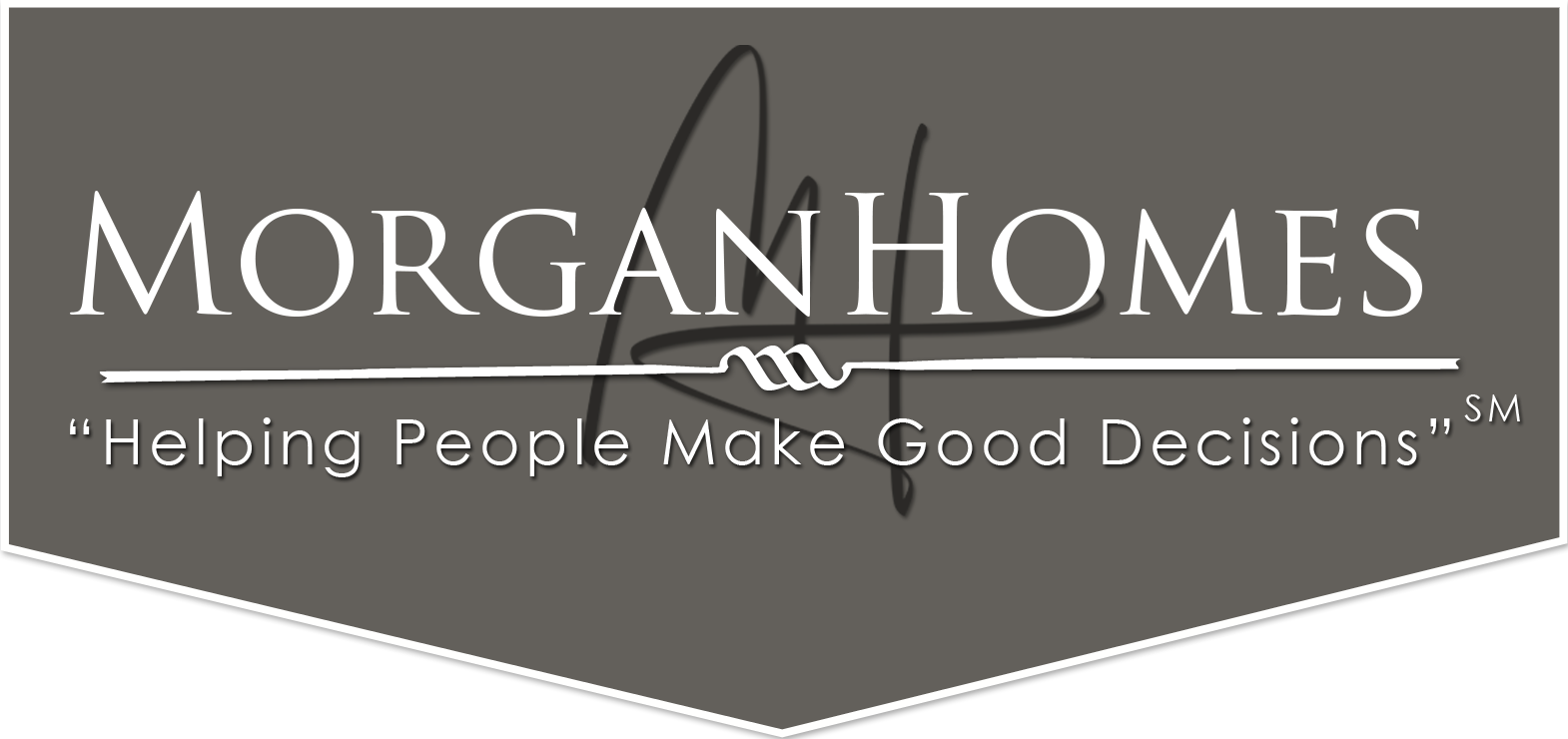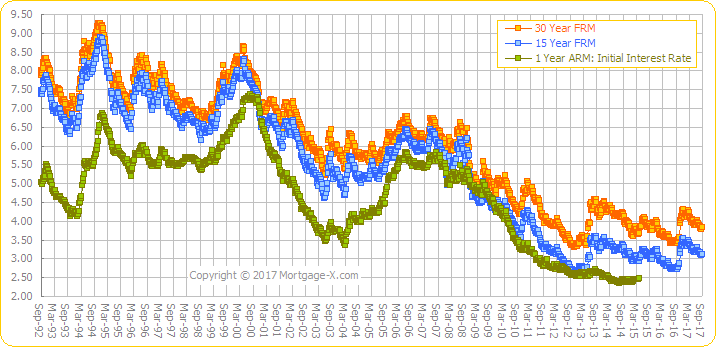What’s up with this crazy market? The stock market hit an
all time high this week and our local housing prices are right in step. Pundits
say that our housing market tracks the S&P 500 and if they’re right, we’re
in for a heck of a ride.
Belmont housing prices continued to show gains into February
as Belmont had both month-to-month and year-over-year increases in the median
price—so let’s start there.
This graph shows the median price trend for the past year in
Belmont.

[click on the image for a larger graph]
MEDIAN PRICE
The median home price in Belmont increased 42% last month
over a year ago. Belmont’s February home price reached $1,108,000. To put that
in perspective that is the second highest median home price for Belmont since we began tracking the market in 1998. The only other time it was this high was in
October of 2007—right before the housing crash hit the Peninsula.
If you’ve been following our market
update you know we never leave the raw numbers alone. Since Belmont has a relatively
small number of homes selling each month when a disproportionate number of
smaller or larger homes sell in a given month it impacts the median home price and
skews it off axis.
In order to adjust for this we look at the size of homes
selling in the two periods. Insofar as we know we are the only local experts
drilling down to this level of detailed analysis.
Homes which sold in February 2103 in Belmont were 20% larger
than they were in 2012 during the same period, so while the median increase in
price was 42%, could this mean the adjusted median home price gain was actually
closer to 22%?
Looking at it another way, the difference in the size of homes
selling in the two periods was 1,970 square feet in 2013 and 1640 square feet
in 2012—a difference of 330 square feet (20% increase this year). Now let’s
multiple that by the median price per square foot the homes sold for in 2012
and we get $181,500. If we add that to the median price in 2012 our adjusted
median home price for last year would be $961,500—meaning that using this method for
adjusting the median home price we get a 15% increase year over year; and the
reality probably lies somewhere in between. Any way you slice it, 15-20% increase
year-over-year is an amazing rebound and this increase will hopefully create
more “equity sellers” and more seller’s with equity means more sellers who can sell which will in turn increase the housing supply.
One of the most impressive statistics is that only two homes had any price reduction at all and just as few sold for less than the seller’s asking price.
SALES
Sales were down this year over last so we checked the
inventory levels to try and understand why. In January of 2012 there were 21
new listings which hit the market. Adding to an already bloated inventory that
caused the inventory level last year in February to soar to 41 homes available
for sale. Contrasting that to this year when the new listings dropped 50% to
only 14 and our inventory of homes for sale stood at a paltry 12!
PERCENT OF ASKING
In February of 2012, seven of the 19 sales, or 37%, were for
more than the seller’s asking price by on average $46,000. This February 73% of
the sellers received on average $106,000 over their asking price.
For those sellers who were less fortunate, in 2012 53% sold their
home for on average $29,000 less while in 2013 only 18% had to sell for on
average $35,000 less.
The percent the sellers received of asking were 97.3% in
2012 as compared to 107.7 in 2013.
If you are considering selling your home the above statistics
might lead you to believe that it’s back to the old days when any agent could
put a sign out front and sell your home. And while that may be true—that your
home might sell—the percentage you actually receive of your asking price varies
relative to the degree of expertise in agent’s marketing plans and advice. If
you want to be statistically guaranteed that you’ll get the best results,
contact us for a consultation. Our record for selling every home we’ve listed,
for more money, and in the shortest period of time is unmatched—of the top
Belmont REALTORS, nobody has us beat.
If you are looking for someone to help you sell your home, we’re someone you should know.
The information contained in this article is educational and intended for informational purposes only. It does not constitute real estate, tax or legal advice, nor does it substitute for advice specific to your situation. Always consult an appropriate professional familiar with your scenario.
Drew & Christine Morgan did not necessarily participate in these sales.
DRE License Numbers 01124318 & 01174047
Drew & Christine Morgan, REALTORS | Notary Public
*All data was retrieved from MLS Listings, Inc. The Multiple Listing Service for San Mateo County.






